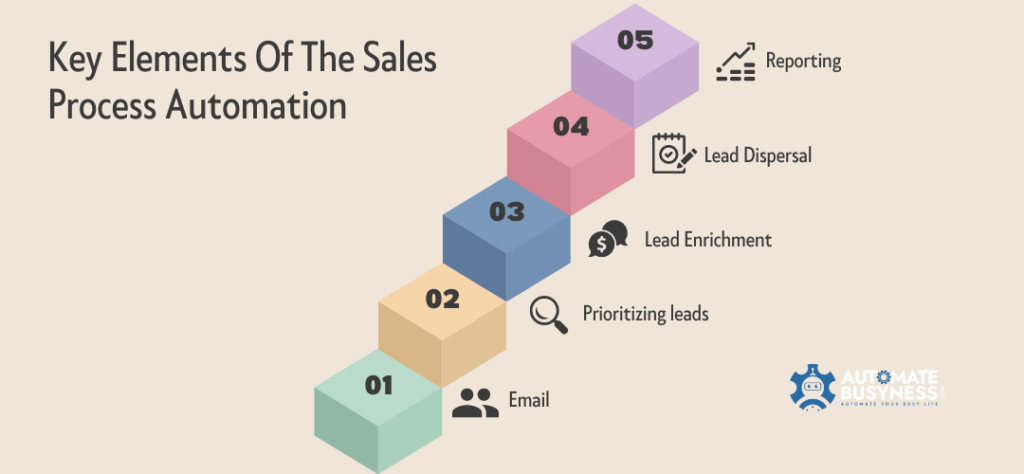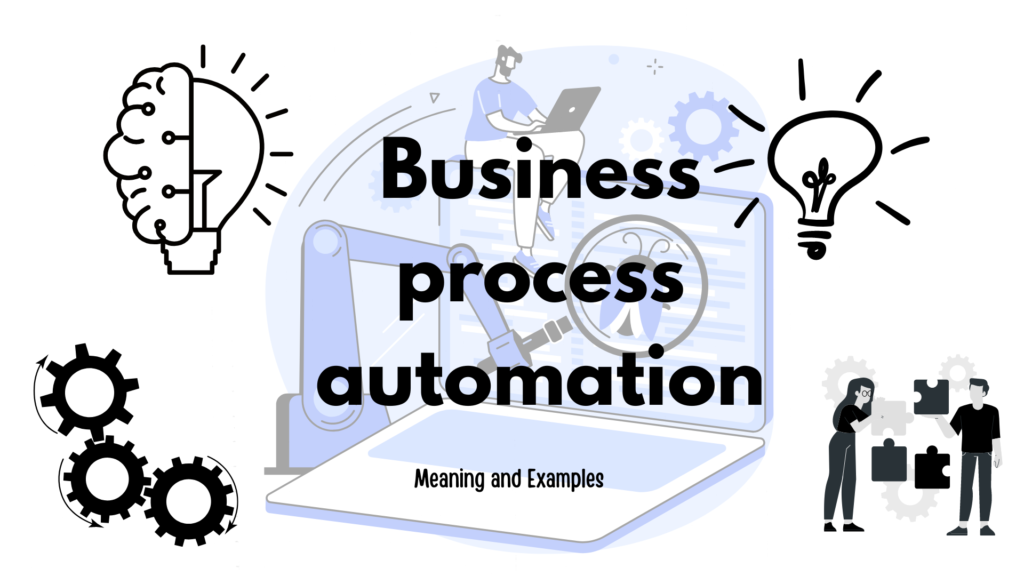Efficiency is key when it comes to sales.
Reduce superfluous work and maximise ROI while designing a super-efficient sales process.
Fortunately, you won’t need to stress about organising your responsibilities thanks to sales automation. By completing boring assignments, you can reach higher goals.
Sounds fantastic. Right?
In theory, everything makes sense and appears to be rather straightforward.
Sales automation may be challenging, though, and if done incorrectly, it can ruin your sales flow. It’s essential to know which sales activities can be automated and which still benefit from human interaction if you want to create a seamless and easy sales experience.
Sadly, finding the correct balance is a problem that many people struggle with.
On the one hand, some company executives believe that total automation is the way of the future, while others are dubious of automation out of concern that it would eliminate personal touches.
Table of Comparison : Manual Sales vs Automated Sales Process
| Criteria | Manual Sales | Sales Automation |
|---|---|---|
| Efficiency | Moderate | High |
| Personalization | High | Variable |
| Time Savings | Variable | High |
| Lead Management | Manual | Automated |
| Scalability | Limited | High |
| Initial Setup Complexity | Low | Moderate-High |
| Cost | Low | Variable |
| Data Insights | Limited | High |
| Lead Nurturing | Manual | Automated |
| Potential for Errors | Moderate | Low |
Sales Flow Process
Let’s now examine a few sales procedures that you may automate straight immediately.
1. Distribution of leads
Giving leads to your sales representatives for follow-up and conversation is known as lead distribution. If there aren’t many leads, it can be manageable. But when your team size and lead volume expand, things get really chaotic.
In the process, a number of leads are lost, which results in lost business prospects. Additionally, if the distribution is uneven, some reps may receive more leads than they can manage, while others may not receive even one lead.
Sales Automation overcomes this difficulty.
2. Lead prioritization
What fruit, if given the option between mango and durian, would you pick?
Mango is most likely the answer. Right?
Why?
because it appeals to your taste.
The same is true for business leads.
Spending time and energy on the ones that fit your client profile may be wise.
Prioritizing leads involves figuring out which prospects are most likely to make a purchase. There are also good justifications for it. You risk losing them to your rival if you don’t act quickly to pursue them.
Lead prioritisation hence becomes yet another crucial component of sales automation.
You can order leads according to:
Location
attributes include work title, gender, and others
Purchase in mind (if someone checks your pricing page has more buying intent than the one that just visited your blog)

3. Qualification of leads
We just talked about how to prioritise leads based on several characteristics.
You can quantify attributes or assign weight to them.
Give the most significant attribute a higher number, and the least significant one a lower one.
Then total all the scores to determine leads. The likelihood of conversion increases with quality score.
4. Lead nurturing
Fewer than 5–10% of leads are prepared to make a purchase on day one, according to a recent analysis of the average time to win a customer. Throughout the sales cycle, 90% of leads require nurturing, assistance, and regular communication.
Lead nurturing involves communicating with potential customers up until they complete a purchase.
Is it simple?
No. When you have hundreds of follow-ups, it is extremely human to forget some of them.
Is it therefore impossible?
In no way.
You can develop automated lead nurturing programmes with sales automation to communicate with potential customers. Additionally, there are several different methods you can use to send messages, including SMS, WhatsApp, and email.
To remain at the forefront of their minds whenever they are considering purchasing what you sell
5. Triggers and Alerts
This type of sales automation has two components.
One is the ability to notify sales representatives anytime a lead activity occurs, such as an email open, link click, website visit, etc.
Additionally, you can design automated communications for your clients. Send reminder emails with deals and discounts, for instance, if customers put items to the cart but did not complete the transaction.
6. Accounts
General administrative activities take up around 22% of the time that sales reps are working. Their time is diverted from more sales-focused tasks like phoning a prospect to follow up on the previous conversation.
As a result, automated reports are essential. The following are a few of the most popular reports:
- sales channel statistics
- Report on the check-in and check-out times
- Report on lead contacted
- Updated report
- Activity Reports for Agents
- Reports on target and revenue
In general, all of these reports can be assisted by your sales CRM. More information on the many sales analytics and reports that can benefit your company is available.
If you recall, we said that finding the correct ratio of automation to human interaction is crucial for the success of your sales activities.
Pros & Cons of Sales Automation
Pros
- Efficient
- Consistent
- Time Saving
- Improved Lead Management
- Scalable
- Easy to nurture leads
Cons
- Lack of personalization
- Initial setup complexity
- Some softwares can be expensive
- fear of job displacement
Conclusion
It should come as no surprise that properly implemented sales automation may lower expenses and have a significant influence on your sales funnels. But in this case, standardisation is crucial.
To get the most out of sales automation, you must standardise your implementation, assessment, and review processes.
Your best bet for end-to-end automation is frequently a customer relationship management, or CRM, solution. You can centralise your sales automation operations thanks to it. Additionally, it aids in scaling and enhancing automation inside your company.
Additionally, lead management and data storage are made simpler.
As a result, both your company and the customers benefit. Faster query responses, prompt contact, and individualised messaging satisfy customers. Additionally, sales staff are more content because the automation of repetitive duties frees them up to concentrate on improving sales and exceeding goals while assisting clients in getting the most out of their goods or services.
FAQ on Sales Automation
What tasks can be automated in the sales process?
Routine duties that can be automated include account administration, lead distribution, lead prioritisation, lead qualification, and lead nurturing.
How can I ensure that automation doesn’t lead to a loss of personalization?
Automate routine communications and duties while preserving opportunities for one-on-one contact at crucial sales process touchpoints.
Are there affordable sales automation tools for small businesses?
Many sales automation products do include pricing options that are appropriate for smaller companies. Find options that fit your demands and budget.
What data should I track with sales automation for better insights?
Important information includes lead source, lead engagement, conversion rates, length of the sales cycle, and customer behaviour data.
ALSO READ
You may also like our other related articles on automation :


